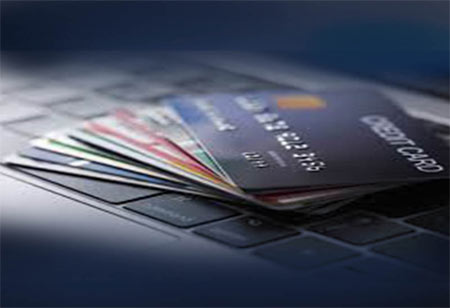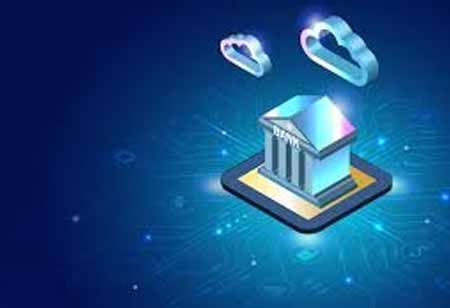THANK YOU FOR SUBSCRIBING

By
Banking CIO Outlook | Wednesday, February 28, 2024
Stay ahead of the industry with exclusive feature stories on the top companies, expert insights and the latest news delivered straight to your inbox. Subscribe today.
Peer-to-peer (P2P) payment systems have become the most popular means of exchanging money today. In this financial evolution, security plays a vital role. P2P transactions become more than just tools as we examine the specifics. Financial interactions will be shaped by them in the future.
Fremont, CA: A paradigm shift is underway in the financial sector due to peer-to-peer payment apps, often called P2P apps. The apps offer users the convenience of dividing bills, sending money to family and friends, and completing a variety of financial activities with great ease. It is anticipated that the total transaction value will grow at a rate of 11.80 percent between 2023 and 2027 resulting in a projected total amount of US$14.78 trillion by 2027.
P2P Payment Apps: Key Features
P2P essentials include:
● User-Friendly Interface: P2P programs do their utmost to make their programs user-friendly, with interfaces designed for easy navigation, ensuring that they are accessible to users of all technological levels.
● Cross-Platform Compatibility: These apps run seamlessly across a variety of platforms, encouraging inclusiveness and accessibility.
● Transaction Processing: P2P apps execute transactions quickly, transferring money within seconds.
● User Transaction History: The software offers users an extensive history of their financial transactions that can be used as a virtual ledger, giving them an insight into their financial situation.
● Alerts: P2P apps use real-time alerts to keep users informed about transactions, enhancing engagement
User Finance Security Measures
For the protection of sensitive financial information and to maintain user confidence, P2P payment applications rely heavily on security.
● Verification and authentication of users: Two-step authentication increases security by making users enter passwords and authenticate their identities.
● Protocols for encrypting data: P2P apps use advanced encryption technologies to protect user data in transit.
● Protocols for data protection: In order to ensure the security of personal and financial information, strict data protection procedures are implemented.
Transaction Processing Security
The app rigorously validates transactions to protect against fraudulent activities by validating the sender and receiver. Frauds become more complex as we become more technologically advanced. With advanced fraud detection algorithms, suspicious behavior is detected and neutralized in real time, strengthening the app's defenses against possible threats. In peer-to-peer payment apps, secure servers with firewalls and intrusion detection systems protect against unauthorized access.
Understanding the legal landscape
Regulations on data protection: Compliance with data protection regulations is critical for protecting user privacy.
Standards against money laundering: P2P applications must comply with anti-money laundering standards in order to prevent financial crimes from being committed.
KYC Policies and Procedures: A stringent KYC process ensures user verification, highlighting the app's commitment to legality and safety.
Peer-to-peer payments signal a new era of financial convenience and integration. Users increasingly embrace these applications, and developers and service providers must emphasize security to maintain their confidence. Paying on P2P networks is enjoyable and secure, because rules are strictly followed and technologies are of the highest quality.
The power of peer-to-peer payment apps goes well beyond monetary transactions. Apps such as these have the potential to reshape today's financial relationships, offering convenience and safety at the same time. Assuring a delicate balance between innovation and security is the key to driving P2P payment apps to the forefront.
THANK YOU FOR SUBSCRIBING
Be first to read the latest tech news, Industry Leader's Insights, and CIO interviews of medium and large enterprises exclusively from Banking CIO Outlook
I agree We use cookies on this website to enhance your user experience. By clicking any link on this page you are giving your consent for us to set cookies. More info



